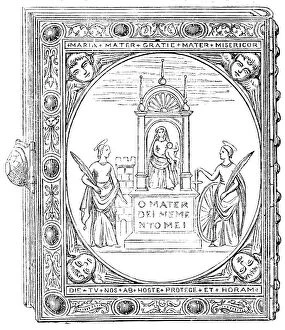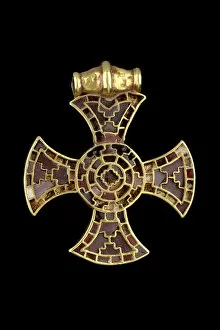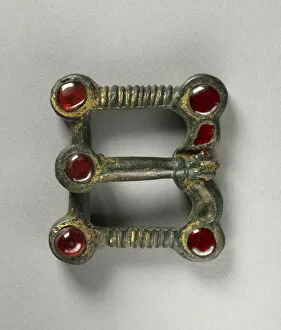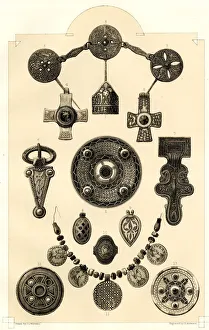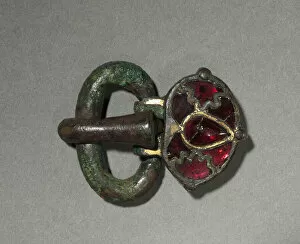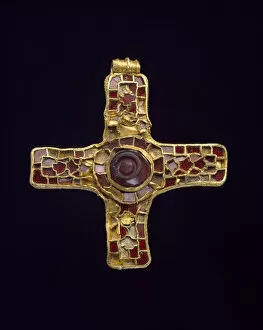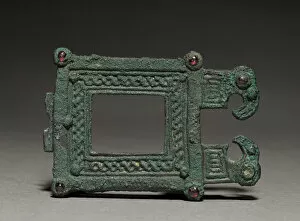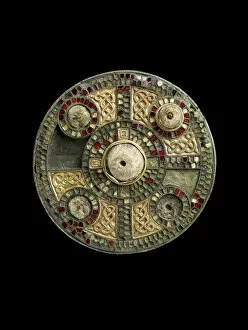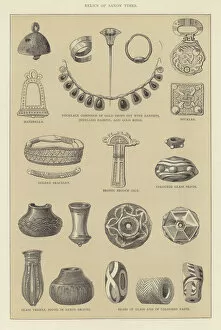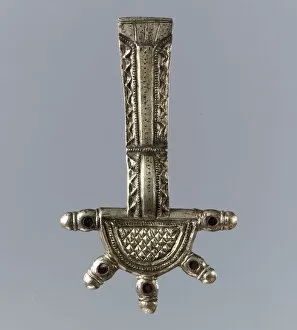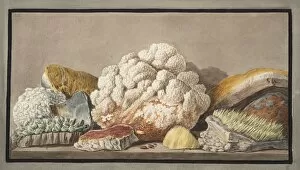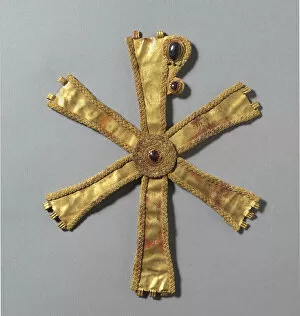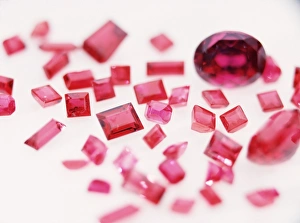Garnets Collection
"Garnets: A Timeless Symbol of Elegance and Power" they have long been cherished for their exquisite beauty and rich symbolism
All Professionally Made to Order for Quick Shipping
"Garnets: A Timeless Symbol of Elegance and Power" they have long been cherished for their exquisite beauty and rich symbolism. From ancient times to the present day, these deep red gemstones have adorned some of the most remarkable artifacts and personal ornaments, leaving a lasting impression on history. One such artifact is the Ixworth Cross, an awe-inspiring piece featuring garnet and gold. Its intricate design showcases the craftsmanship of its time, capturing the essence of opulence and spirituality in one stunning creation. Another remarkable find is a buckle from the 400s, crafted from bronze with traces of gilding. What makes it truly extraordinary are the animal-shaped thorns and belt plate embellished with garnets. This unique combination speaks volumes about both artistic expression and functionality. Intriguingly, a small Hellenistic-style temple called Naiskos depicts Dionysus inebriated alongside a satyr. The temple itself is adorned with delicate garnets that add an air of mystique to this ancient masterpiece. Moving forward through time, we encounter a chain from the 500s made of gold with granulation details delicately intertwined with garnets. This captivating piece exemplifies how they were used not only for their aesthetic appeal but also as symbols imbued with meaning. Anglo-Saxon relics reveal personal ornaments like buckles dating back to the 300s - bronze pieces boasting traces of gilding along with precious garnet accents. These relics provide us glimpses into past civilizations' fashion choices while highlighting their appreciation for elegance. The allure continues as we discover a stunning earring from the 400s made entirely out of gold accentuated by vibrant garnets. Such jewelry was undoubtedly worn by individuals who sought to make bold statements about their status and taste during those times. Religious significance intertwines beautifully within monograms like Christ's Chrismon from around 500s.




